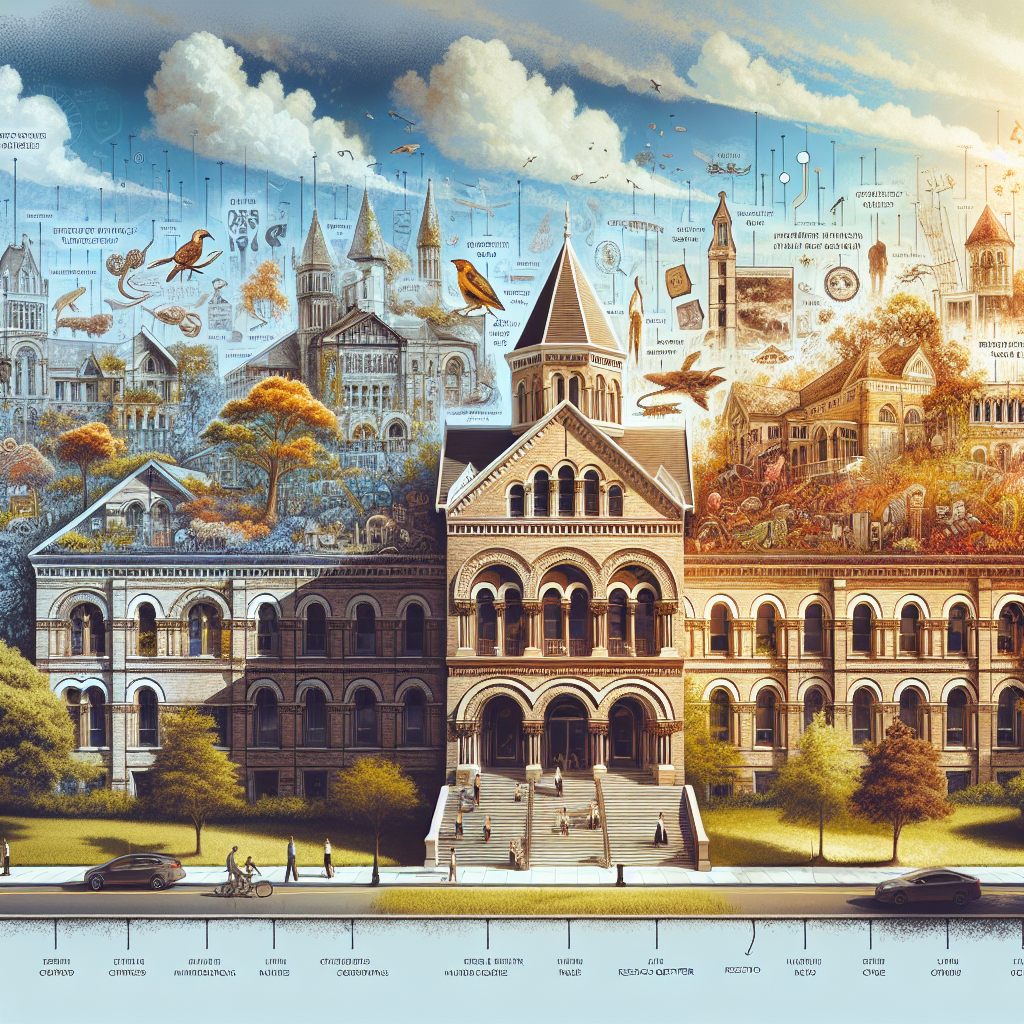The North Carolina Museum of Natural Sciences in Raleigh stands as a beacon of knowledge for enthusiasts of the natural world. Embraced by a plethora of exhibitions ranging from the fascinating “The World’s Largest Dinosaurs”, to in-depth explorations into astronomy, geology, and paleontology, this museum serves as a treasure trove for curious minds of all ages. Alongside its static displays, the museum brings science to life through a dynamic array of traveling exhibits, ensuring there’s always something new to discover. From educational workshops, classes, and special events to engaging 3D movies and science talks, the museum offers an enriching experience that goes beyond conventional.
Adding to the allure, the Museum isn’t just about indoor exploration. Prairie Ridge, the museum’s outdoor field station situated in west Raleigh, offers an immersive encounter with nature through hiking, wildlife watching, and various nature programs specifically tailored for children. Furthermore, plans to open a new branch in Whiteville, NC, signal the Museum’s ongoing commitment to expanding its reach and impact. The Museum also caters to special occasions by offering its space for private events, including weddings, making it a venue that intertwines the wonder of nature with the joy of celebration.

Formed in 1879 through the passionate efforts of English immigrants Herbert Hutchinson Brimley and Clement Samuel Brimley, the North Carolina Museum of Natural Sciences has grown from merging state agricultural and geological collections into the largest institution of its kind in the Southeast. With nearly six decades of dedication, the Brimley brothers laid a foundation that would fuel the Museum’s growth for generations to come. H.H. Brimley’s vision, that a museum should be a living, evolving entity, has propelled the institution into continuous expansion, including the grand opening of a new building in 2000 and the addition of the Nature Research Center in 2012.
The Museum today stands as a testament to the idea that learning is a never-ending journey. Its history is a narrative of the relentless pursuit of knowledge, expansion, and adaptation. The addition of 80,000 square feet through the Nature Research Center exemplifies the Museum’s commitment to advancing scientific understanding and education. This philosophy, that “A finished museum is a dead museum,” continues to underscore the dynamic and growing nature of the North Carolina Museum of Natural Sciences, ensuring it remains a vibrant place of discovery for years to come.
